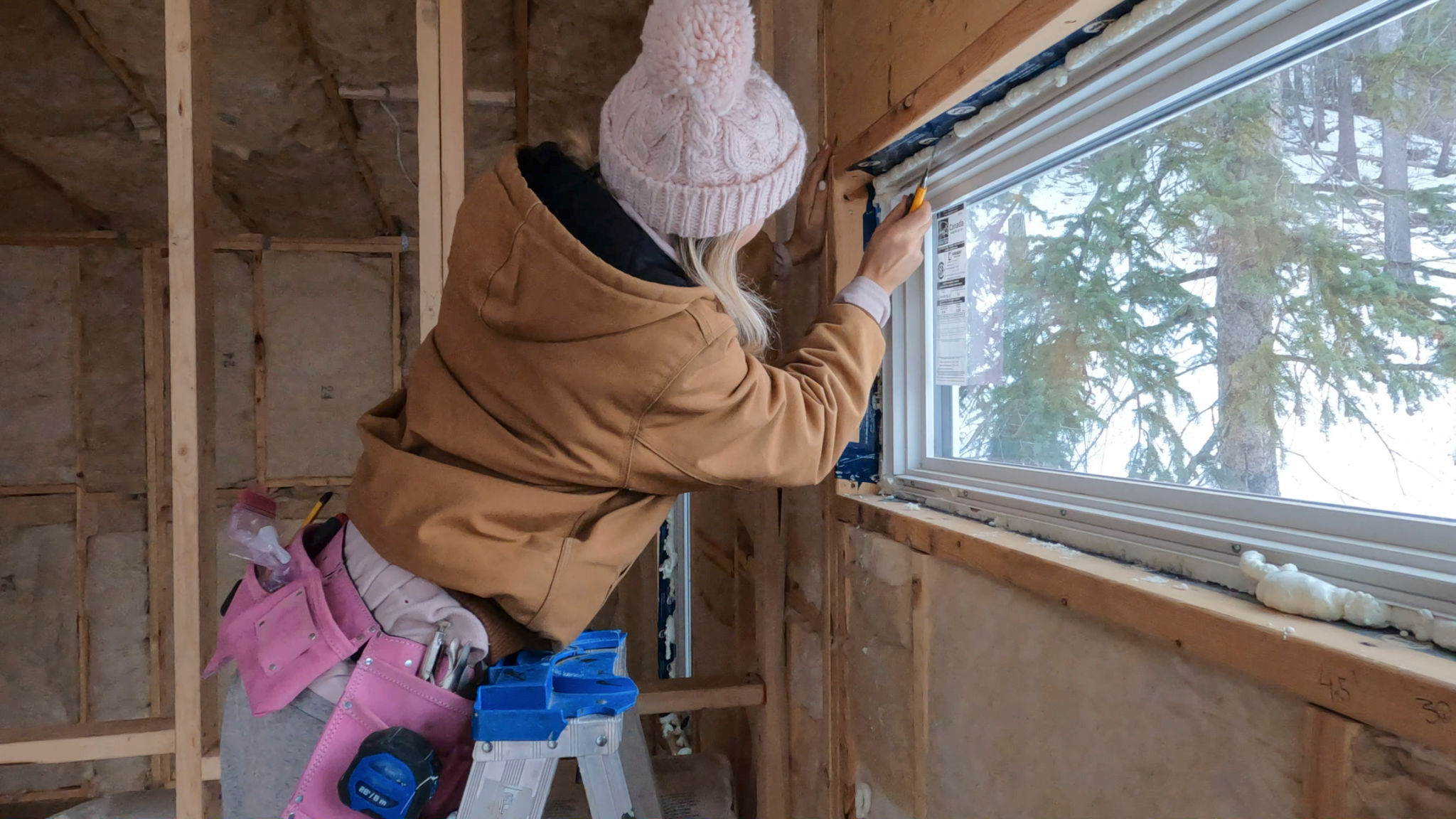Expert Tips for Maintaining Your Assembled Furniture in Virginia's Climate
Understanding Virginia's Climate Impact on Furniture
Virginia's unique climate, characterized by humid summers and chilly winters, can take a toll on your furniture. The fluctuations in temperature and humidity can cause wood to expand and contract, leading to potential warping or cracking. It's important to understand these environmental conditions to maintain your assembled furniture in top condition.
Humidity, in particular, can cause swelling and deformation in wooden furniture. On the other hand, dry winter air may lead to shrinking and cracking. Being aware of these effects can help you take preventive measures to protect your investment.

Proper Placement and Positioning
Where you place your furniture can significantly affect its longevity. Avoid placing wooden furniture in direct sunlight, as UV rays can fade and damage the finish. Similarly, keep furniture away from heating vents or radiators, which can dry it out and cause cracking.
For outdoor furniture, consider using protective covers or moving pieces under a patio or awning during extreme weather conditions. This simple step can prevent unnecessary wear and tear caused by rain or excessive sun exposure.

Regular Cleaning and Maintenance
Cleaning your furniture regularly is crucial for maintaining its appearance and durability. Use a soft cloth to dust your furniture weekly, and clean surfaces with a mild soap solution every few months. Avoid harsh chemicals that can strip finishes or damage materials.
- For metal parts, use a non-abrasive cleaner to prevent rust.
- Polish wooden surfaces occasionally to maintain their sheen.
- Check for loose screws or fittings regularly and tighten them as needed.
Controlling Indoor Humidity
Investing in a good humidifier or dehumidifier can make a significant difference in maintaining your furniture. During humid months, a dehumidifier will help reduce moisture levels, preventing swelling. Conversely, a humidifier in the winter can add necessary moisture to prevent wood from drying out.

Monitoring indoor humidity is key. Aim to keep levels between 30% and 50% for optimal furniture care. This balance helps maintain wood integrity and prevents damage over time.
Seasonal Care Tips
Each season brings specific challenges for furniture maintenance. In spring and fall, check for signs of mold or mildew, especially on outdoor pieces. Clean and treat any affected areas promptly.
In summer, ensure that your indoor humidity remains stable, while winter requires monitoring for dry air that might affect your wooden furniture.

Using Protective Treatments
Applying protective treatments like waxes or oils can help safeguard your furniture against Virginia's climate. These treatments create a barrier against moisture and UV rays, which can prolong the life of your pieces.
Be sure to choose products suitable for your specific furniture type, whether it's wood, metal, or fabric. Follow product instructions carefully to achieve the best results.
Conclusion
Maintaining your assembled furniture in Virginia's climate requires a combination of proper placement, regular cleaning, humidity control, seasonal care, and protective treatments. By following these expert tips, you can ensure that your furniture remains beautiful and functional for years to come.

